
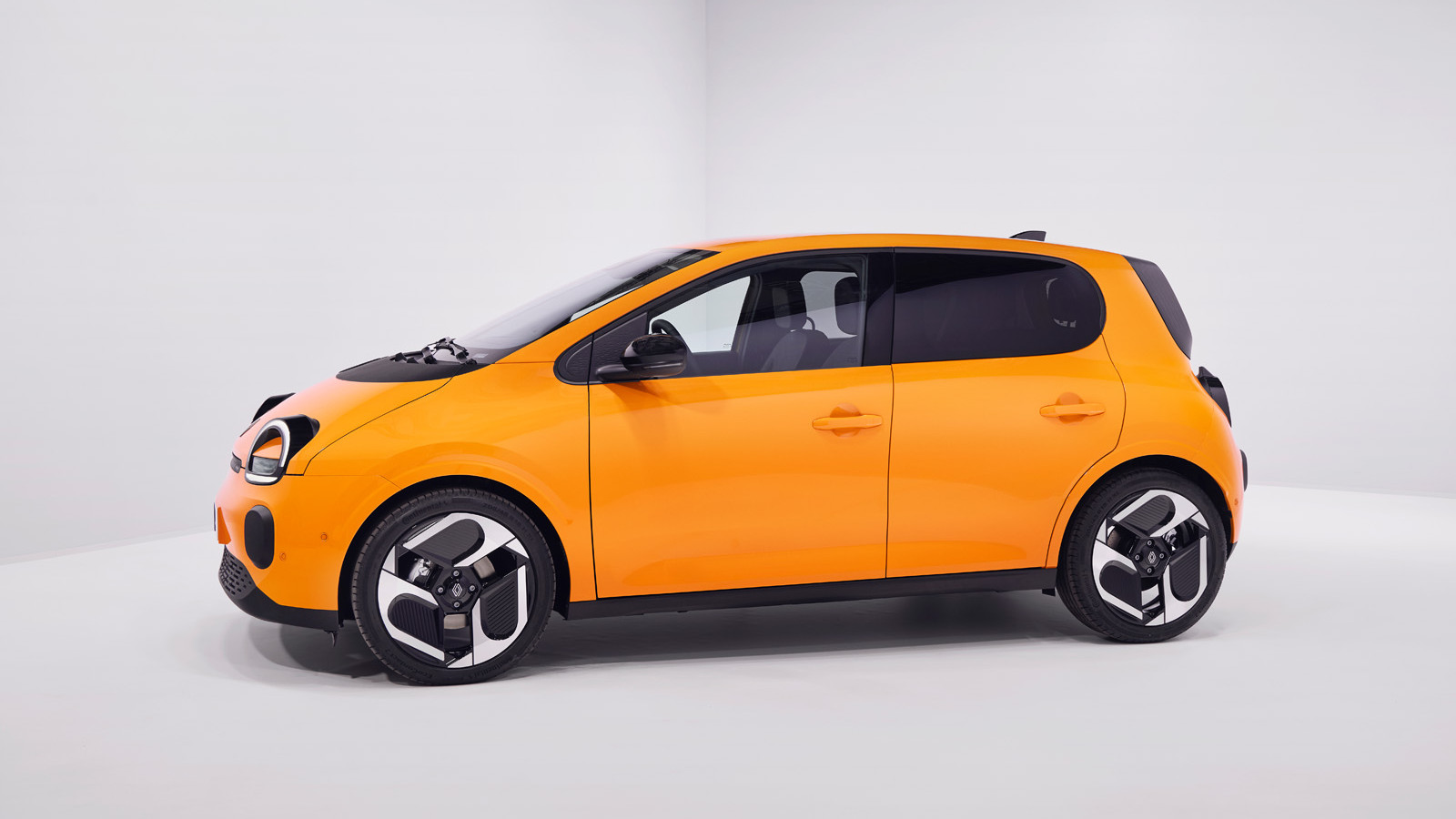
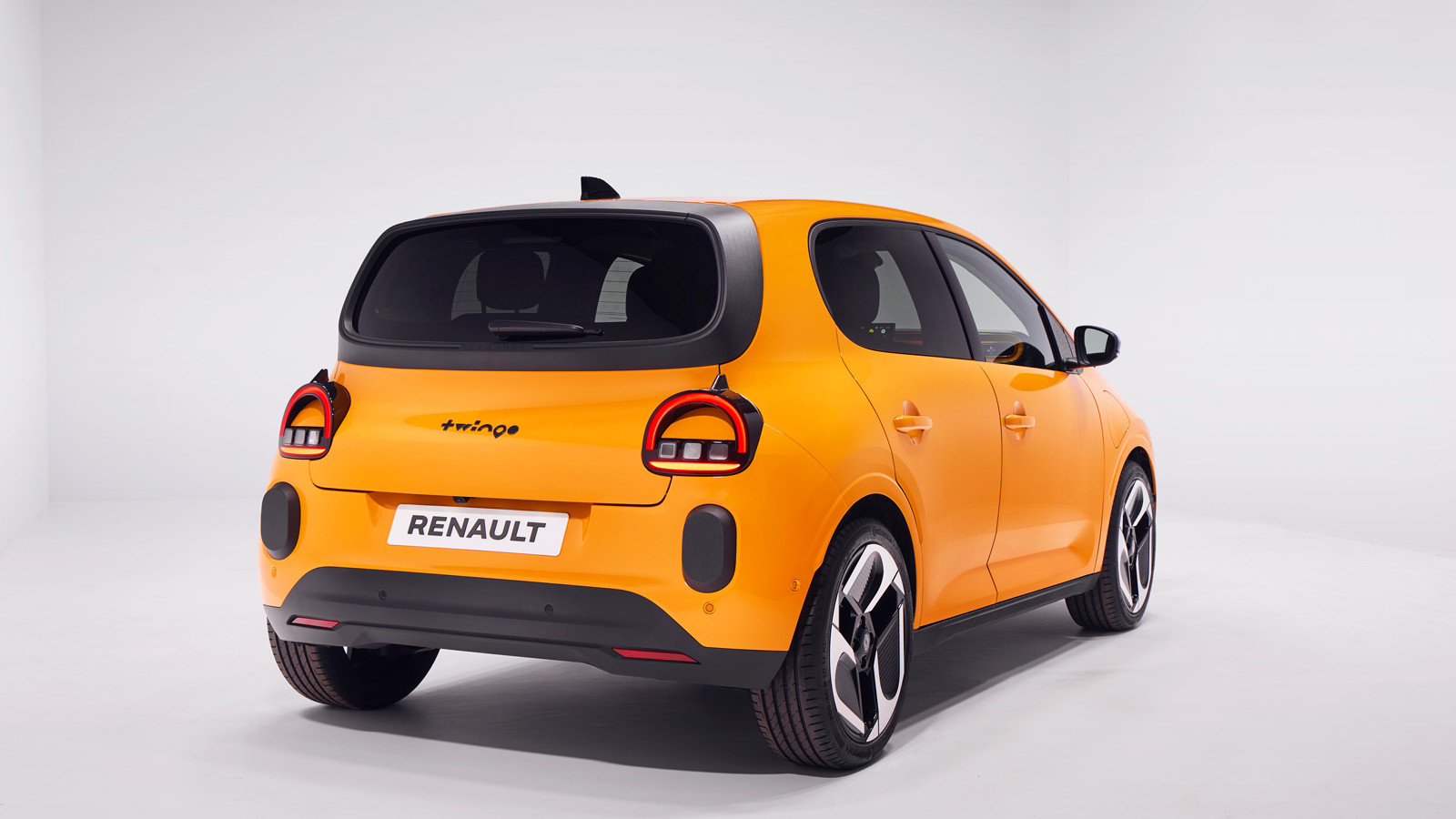
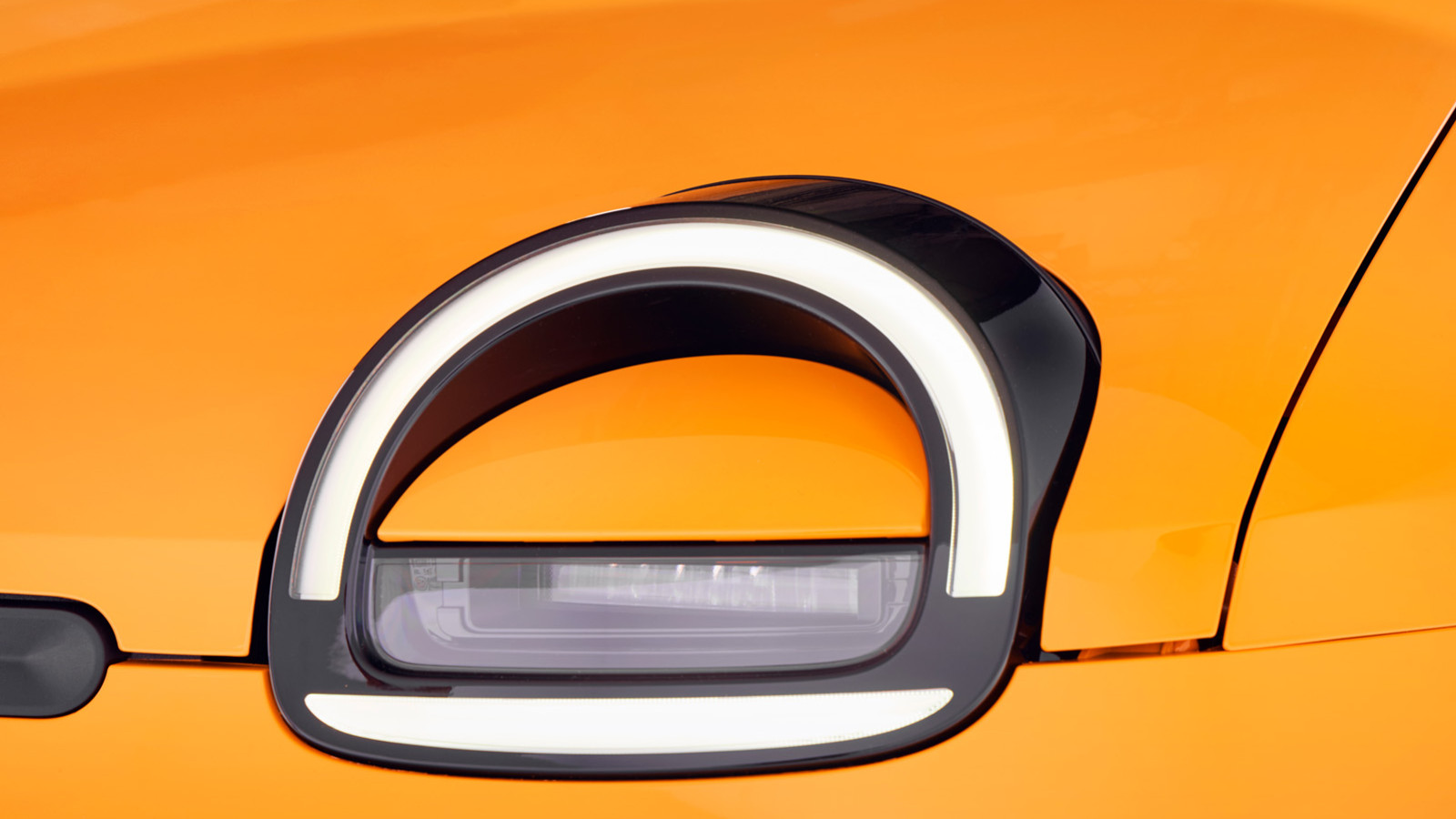


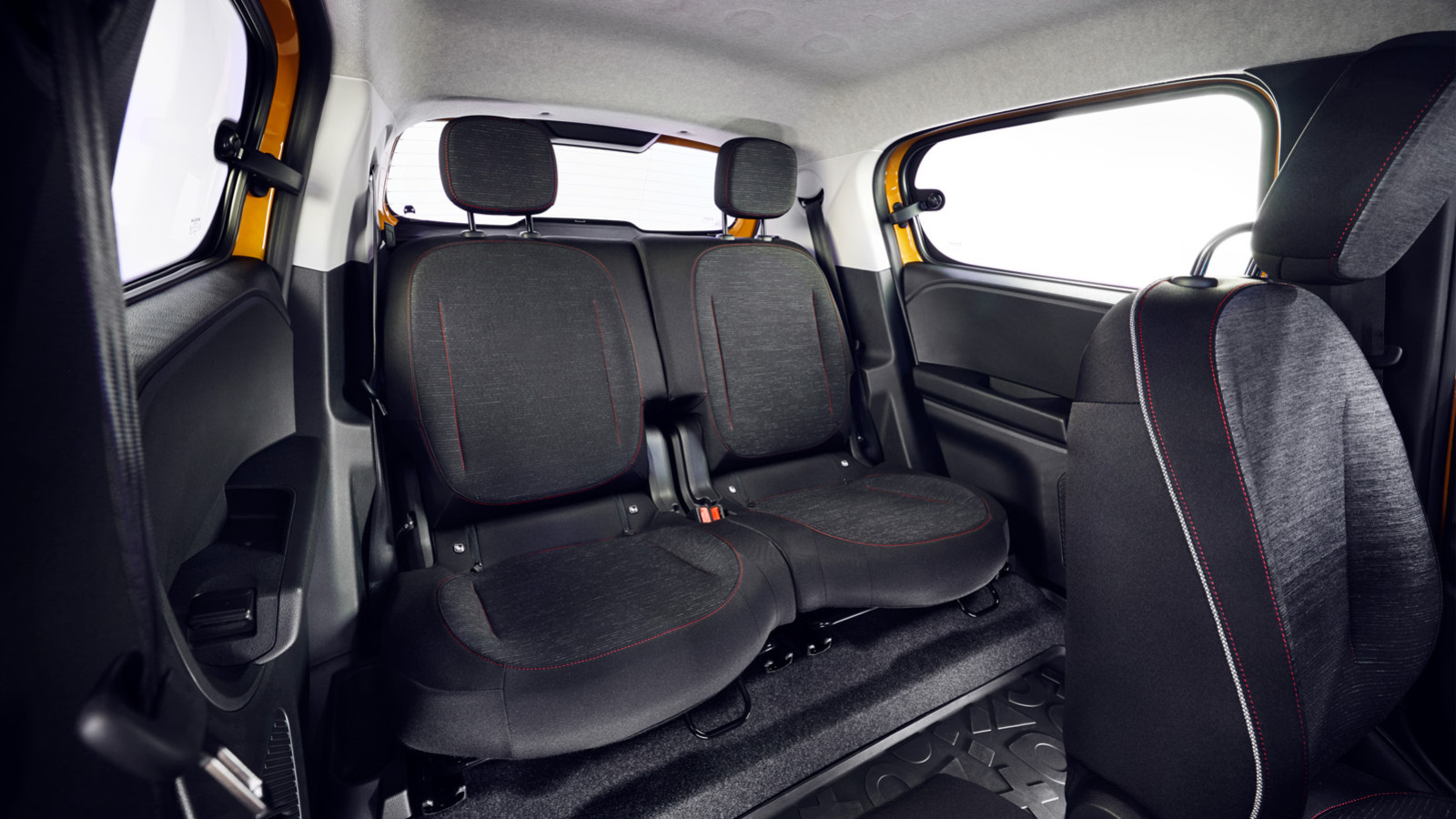
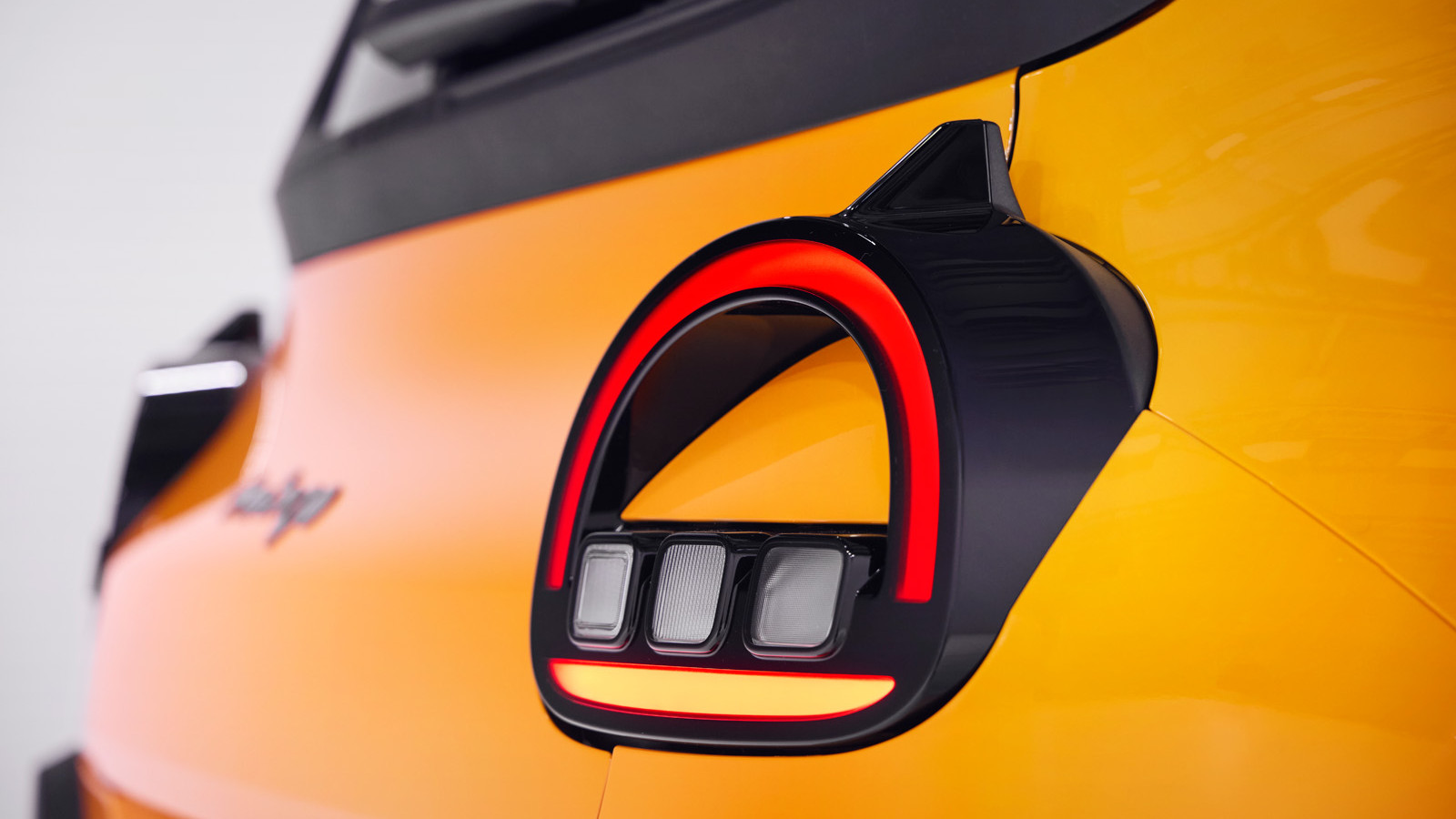
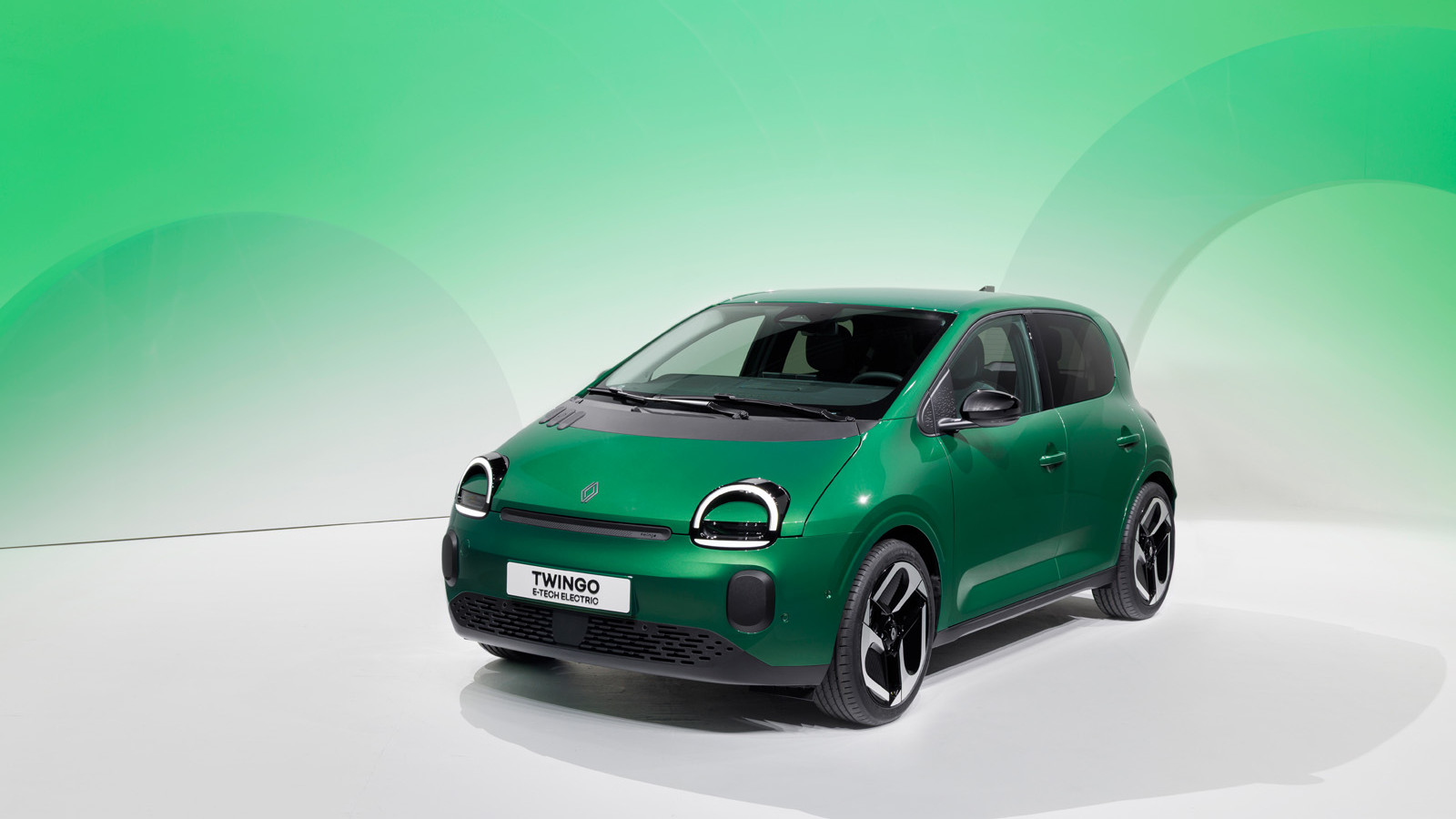

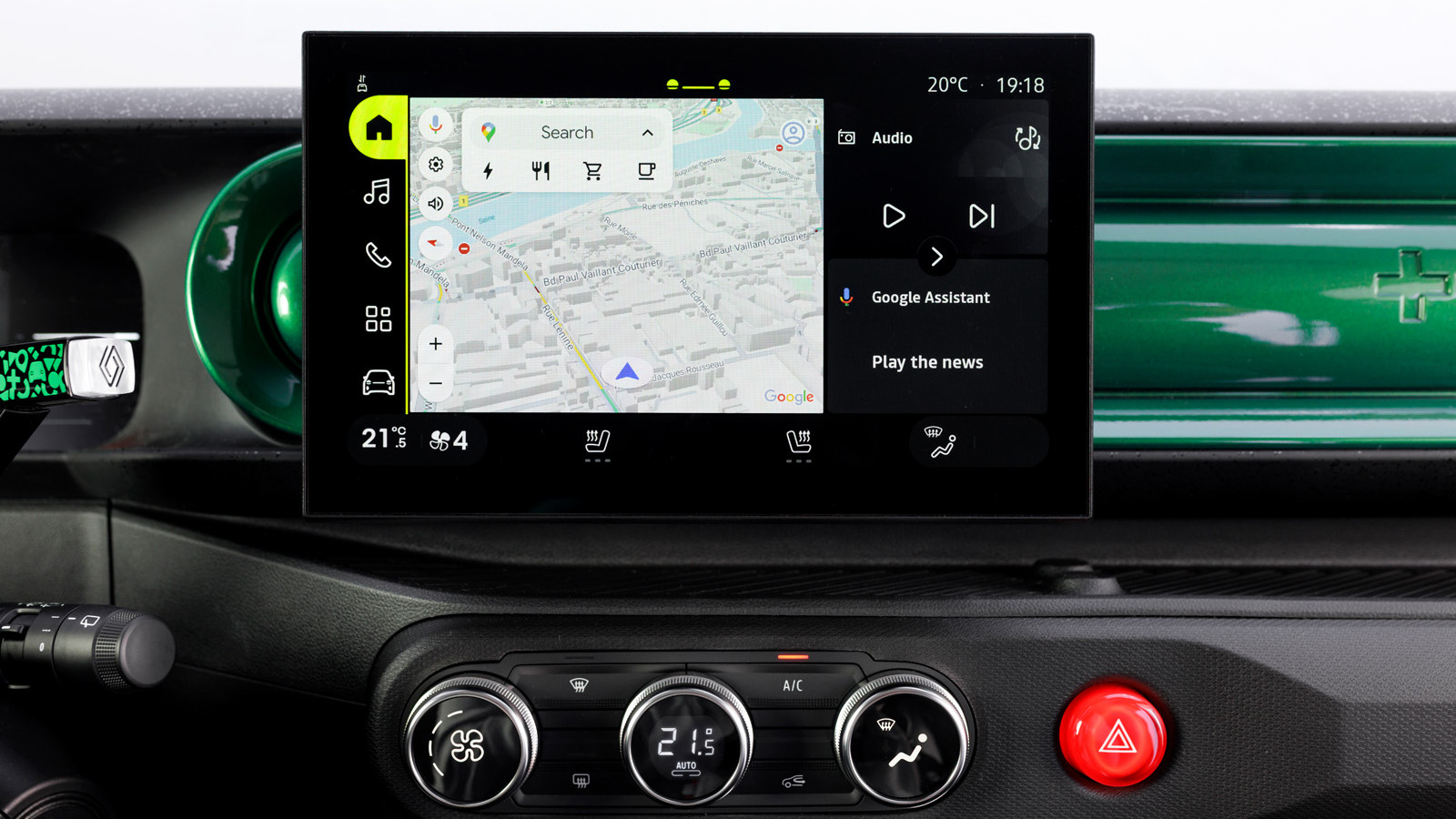

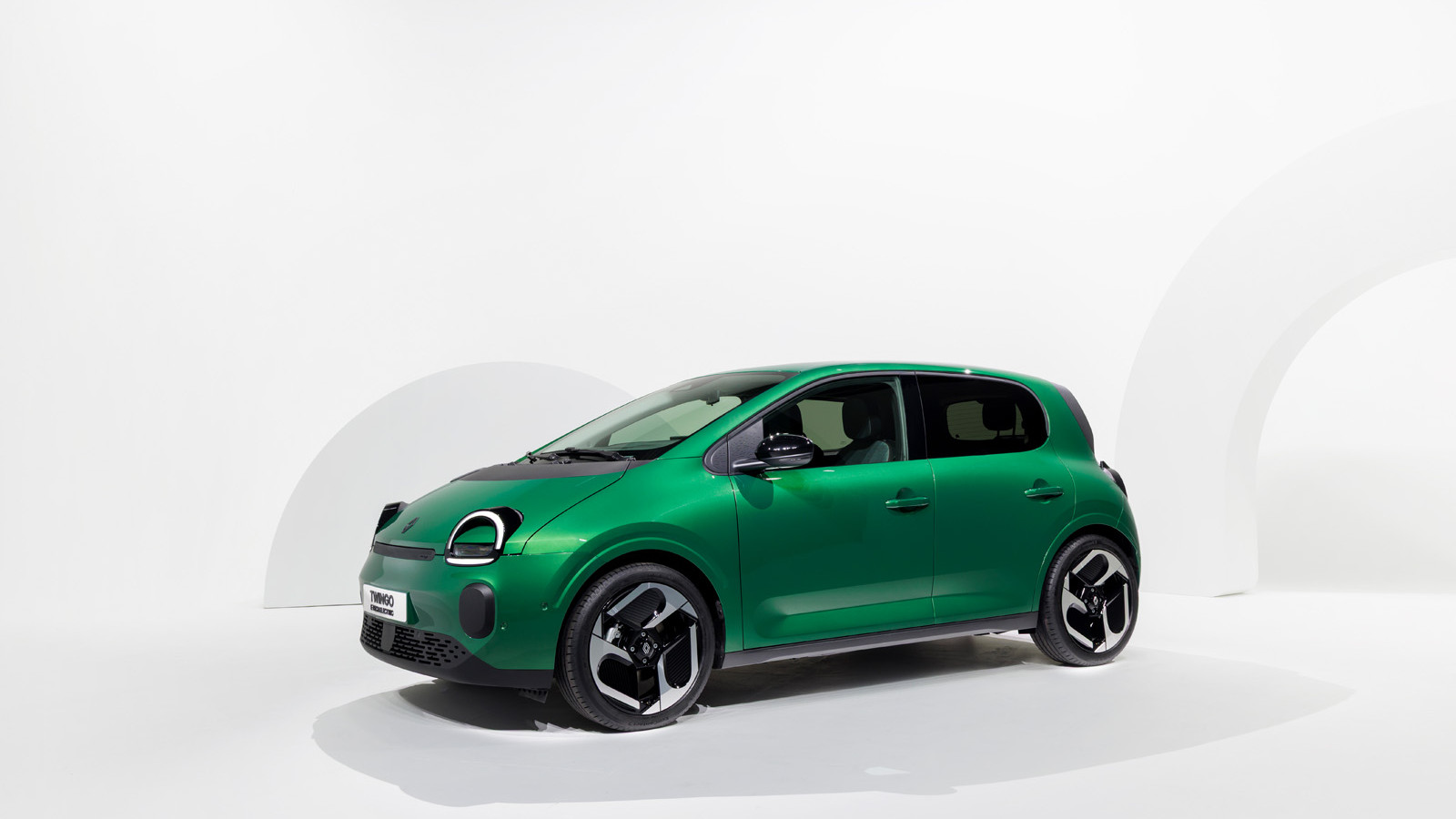

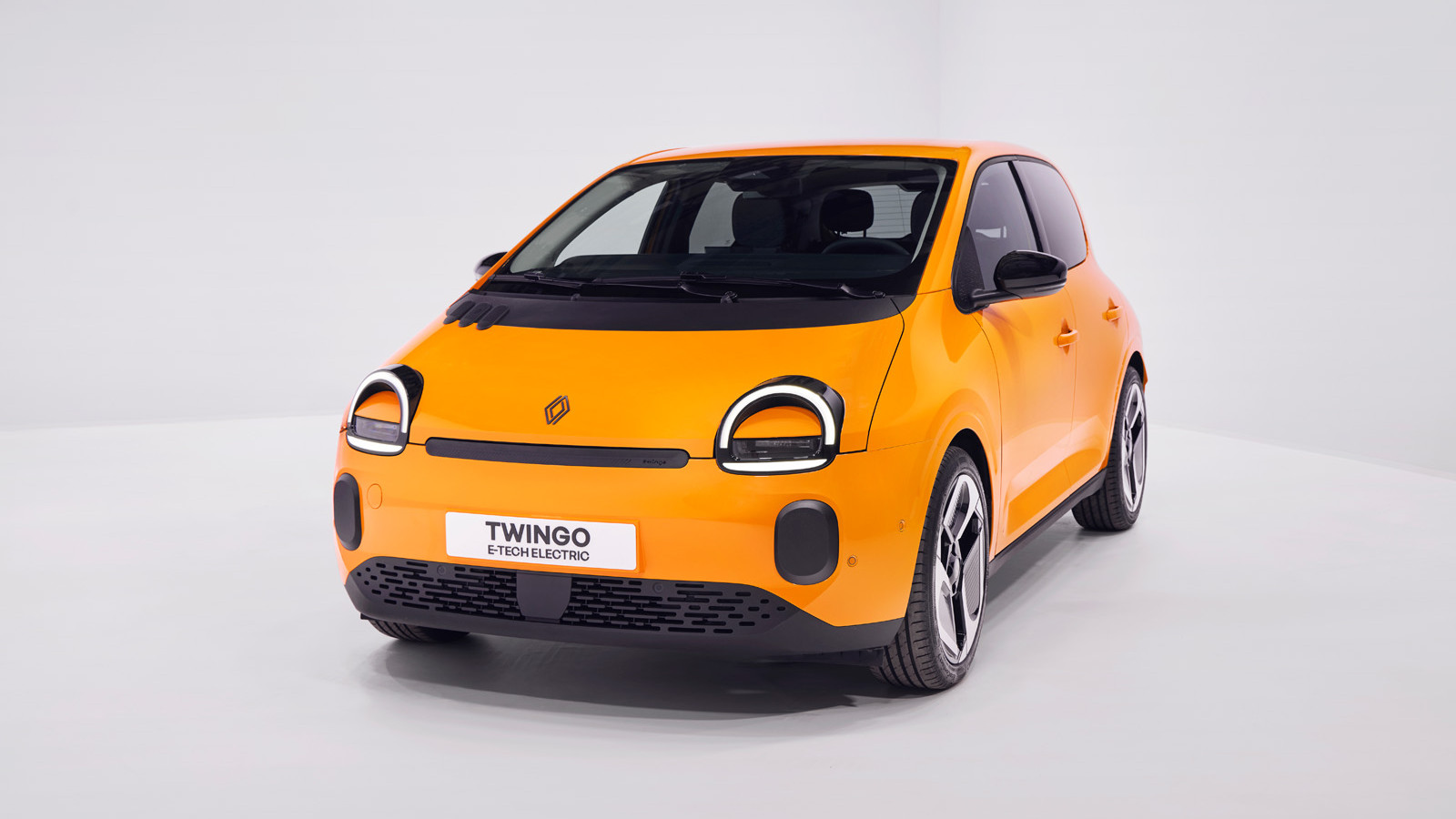
Several months ago, Renault presented a small electric car concept, reintroducing the Twingo name. Now, the French carmaker has revealed the production version.
The new Renault Twingo E-Tech will become the brand’s smallest electric car, and joins the range alongside the wildly popular Renault 4 and Renault 5.
We’ve got all the information you need to know about this hugely important, small electric hatchback, so read on to find out more...
Measuring 3789mm long, 1720mm wide and 1491mm high, the new Renault Twingo isn’t that much larger than the original petrol hatchback that first launched back in 1992. It weighs 1200kg, which is around 200kg heavier than the second-generation car.
The new Twingo is powered by a tiny 27.5kWh battery, which produces a range of 262km (163 miles), based on WLTP testing. Renault says this battery size is ideal for a small EV, as most drivers average just 35.4km (22 miles) per day. Renault says it can charge at speeds of up to 50kW.
As for power, the Twingo gets a single, front-mounted electric motor which produces 81bhp and 129lb ft of torque. It has a top speed of 130kph (81mph) and will travel from 0-100kph (0-62mph) in 12.1 seconds, which is over a second faster than the Dacia Spring. It will reach 50kph (30mph) from a standstill in around six seconds.
The Twingo’s headline figures are impressive for a small electric car, but the price is the real deal-maker. The French carmaker says it will cost less than £20,000 ($26,000 USD, €22,693).
The Twingo gets a stylish interior with a colourful dashboard, multicoloured upholstery and lots of technology as standard. All versions of the car get a 7.0-inch digital driver display behind the steering wheel, plus a 10.0-inch central touchscreen infotainment system.
In the back, the Twingo gets sliding rear seats, which can be moved backwards or forward by 17cm. It means drivers can choose to optimise passenger space or luggage capacity. There’s plenty of storage space, though, with up to 19 litres of capacity in various spots around the car.
Boot space measures 360 litres, which increases to over 1000 litres when the seats are folded flat. That puts it far above the Dacia Spring and BYD Dolphin Surf, which both have a boot measuring 308 litres.
Renault has equipped the Twingo with several safety and assistance systems. Renault says there are 24 of them, including front and rear parking sensors, hands-free parking, lane assist, cross traffic alert, traffic sign recognition and adaptive cruise control.
On some specification levels, the Twingo gets one-pedal driving with regenerative braking capabilities. The one pedal drive system will activate at speeds of over 12km/h (7mph). The Twingo also gets V2L capabilities, which can supply power to various electronic devices.
Importantly for some drivers, the Twingo gets Google Maps integration, which will display the location of charging points, changes in vehicle data (consumption, range, etc.) and the outside temperature.
Other applications found in the car’s infotainment system will keep you entertained while charging. These include Amazon Music, Prime Video, HBO Max, Disney+ and Netflix.
The Twingo will be available with two specification levels: Evolution and Techno. Evolution includes 16-inch wheels, smartphone mirroring, manual climate control and a host of safety systems we mentioned earlier.
Techno, which will top the range, gets two-tone wheels, a more premium infotainment system with Google integration, automatic climate control, one-pedal driving, tinted rear windows and a reversing camera. Other equipment includes automatic headlights and wipers.
Built in Renault's Novo Mesto plant in Slovenia, the Twingo E-Tech electric will launch in 2027. If it’s as good to drive as the already launched Renault 4 and Renault 5, we can’t wait.

